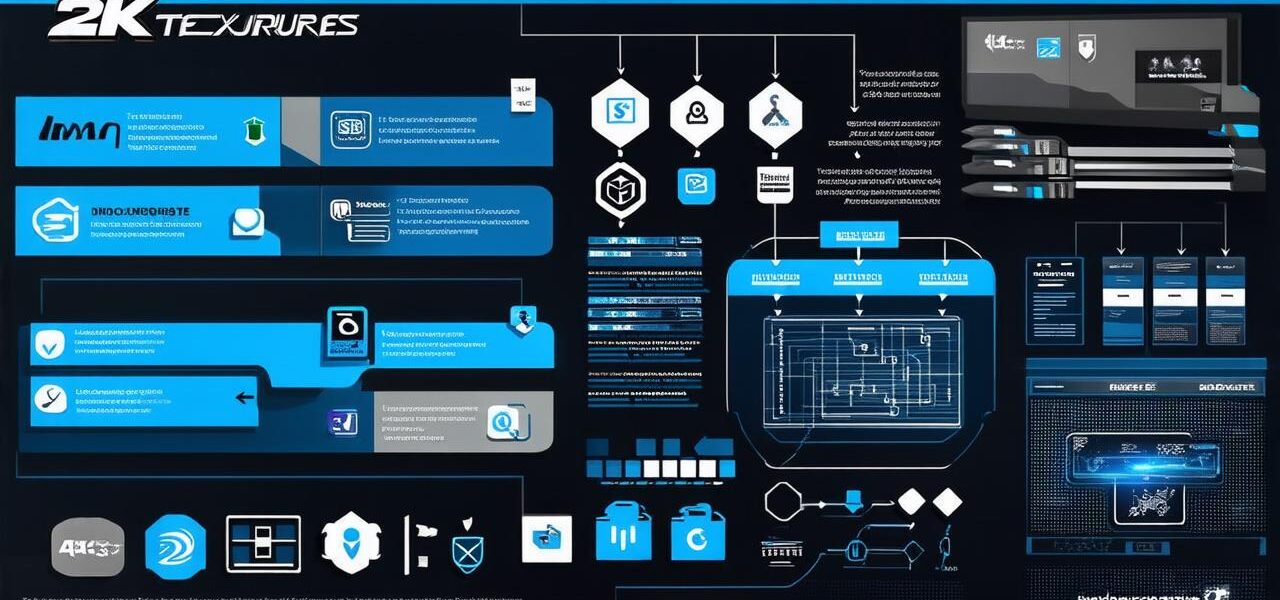
How to Develop Applications Using Blockchain Technology: A Comprehensive Guide
Blockchain technology is an innovative and disruptive technology that has revolutionized the way we think about data storage, sharing, and management. It allows for secure and decentralized transactions without the need for intermediaries, making it a popular choice for applications in various industries such as finance, healthcare, and supply chain management.
Understanding Blockchain Technology
Before diving into application development, it is essential to have a basic understanding of blockchain technology. At its core, blockchain is a distributed ledger system that records transactions in a secure and transparent manner. Each block in the chain contains a record of multiple transactions, and once a block is added to the chain, it cannot be altered or deleted. This makes blockchain an ideal choice for applications where security and immutability are critical.
The Benefits of Blockchain Technology in Application Development
Blockchain technology offers several benefits that make it an attractive option for application development. These include:
- Decentralization: Blockchain eliminates the need for intermediaries, making transactions faster and more efficient. This also reduces the risk of fraud and increases transparency.
- Security: Transactions on the blockchain are encrypted and stored in a decentralized network, making them highly secure.
- Immutability: Once a transaction is recorded on the blockchain, it cannot be altered or deleted, ensuring data integrity.
- Traceability: The blockchain provides a tamper-proof record of all transactions, making it easy to track and verify the authenticity of data.

How to Develop Applications Using Blockchain Technology
Now that we have a basic understanding of blockchain technology and its benefits let’s explore how to develop applications using blockchain technology. The process involves several steps:
- Define the Use Case: The first step is to define the use case for your application. This includes identifying the problem you are trying to solve, the target audience, and the features and functionalities required.
- Choose the Right Blockchain Platform: There are several blockchain platforms available, including Ethereum, Hyperledger, and Corda. Each platform has its strengths and weaknesses, and it is essential to choose the right one for your application based on your use case and requirements.
- Design the Architecture: Once you have chosen a blockchain platform, you need to design the architecture of your application. This includes identifying the smart contracts required, the data structures, and the user interface.
- Develop and Test the Application: The next step is to develop and test your application. This involves coding the smart contracts, integrating them with the blockchain platform, and testing the application’s functionality and security.
- Deploy and Maintain the Application: Once your application is tested and verified, it is ready for deployment. You need to choose a secure and reliable hosting platform, deploy the application, and maintain it by updating smart contracts and fixing bugs.
Real-Life Examples of Blockchain Applications
To illustrate how blockchain technology can be used in application development, let’s look at some real-life examples:
- Bitcoin: The most well-known example of a blockchain application is Bitcoin, a decentralized digital currency that uses the blockchain to facilitate transactions.
- Supply Chain Management: Blockchain technology can be used in supply chain management to track and verify the authenticity of goods and ensure they are ethically sourced. For example, Walmart uses blockchain to track the origin of food products, ensuring they are safe for consumption.
- Healthcare: Blockchain technology can be used in healthcare to securely store and share patient data, improving patient outcomes and reducing the risk of medical errors. For example, MediLedger uses blockchain to verify the authenticity of prescription drugs, preventing counterfeit medications from entering the supply chain.
- Voting Systems: Blockchain technology can be used in voting systems to ensure transparency, security, and accuracy.



